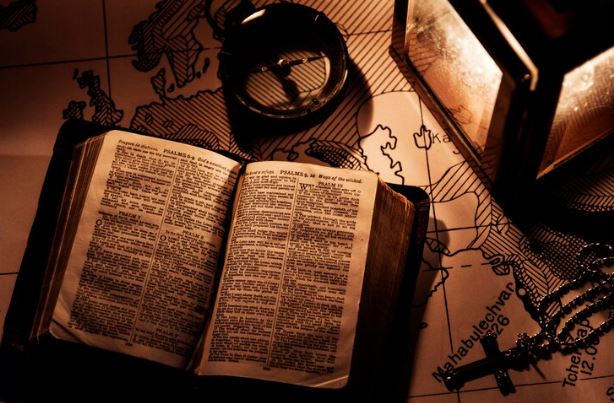Welcome to Online Connection Town, where the past unfolds in vivid colors, and the threads of history weave a fascinating tale of the United States of America. Join us on a journey through time as we explore key moments that shaped this great nation, all presented in easy-to-understand language for everyone to enjoy.
USA History
1. The Indigenous Peoples: A Rich Tapestry of Cultures
Long before the arrival of European settlers, the land we now call the United States was home to diverse indigenous cultures. Native American tribes, such as the Cherokee, Navajo, and Sioux, flourished across the continent, each with its unique customs, languages, and traditions.
2. The Age of Exploration: Columbus and the New World
In 1492, Christopher Columbus set sail in search of a western route to Asia but stumbled upon the Americas instead. This event marked the beginning of European exploration and the eventual establishment of colonies in the New World.
3. The Thirteen Colonies: From Struggle to Independence
By the 1700s, thirteen British colonies had taken root along the Atlantic coast. Tensions grew between the colonists and the British crown over issues of taxation and representation, leading to the American Revolution in 1775. The thirteen colonies declared their independence in 1776, and the United States was born.
4. Founding Fathers and the Constitution: Building a Nation
The framers of the Constitution, including notable figures like George Washington, Thomas Jefferson, and Benjamin Franklin, worked tirelessly to create a framework for the new nation. In 1787, the Constitution was adopted, establishing the principles that continue to shape the United States government today.
5. Westward Expansion: Manifest Destiny and the Oregon Trail
Throughout the 19th century, the United States expanded westward, driven by the belief in Manifest Destiny – the idea that it was destined to stretch from coast to coast. Pioneers embarked on the arduous journey along the Oregon Trail, contributing to the growth and development of the nation.
6. The Civil War: A Nation Divided
The 1860s witnessed a devastating Civil War between the Northern and Southern states over issues of slavery and states’ rights. Abraham Lincoln, the 16th president, played a pivotal role in preserving the Union and abolishing slavery with the Emancipation Proclamation in 1863.
7. Reconstruction and Industrialization: Rebuilding and Progress
After the Civil War, the United States entered a period of Reconstruction, aimed at rebuilding the South and integrating freed slaves into society. Meanwhile, the nation experienced rapid industrialization, transforming into an economic powerhouse.
8. World Wars and Global Superpower: 20th Century Challenges
The 20th century brought challenges on the global stage, with the United States playing a crucial role in both World War I and World War II. The post-war era saw the U.S. emerge as a superpower, engaged in the Cold War with the Soviet Union.
9. Civil Rights Movement: Equality and Justice
The 1950s and 1960s marked a pivotal period in the fight for civil rights. Leaders like Martin Luther King Jr. advocated for racial equality, leading to landmark legislation such as the Civil Rights Act of 1964 and the Voting Rights Act of 1965.
10. The Digital Age: From ARPANET to Online Connection Town
As we step into the 21st century, the United States continues to evolve. The rise of technology and the internet has transformed the way we connect, bringing us to the era of Online Connection Town. Today, we celebrate the past while embracing the possibilities of the digital age.
In Online Connection Town, we honor the rich history of the United States, recognizing that our journey from the past to the present is a shared experience. Join us in exploring the vibrant tapestry of America’s story, where every thread contributes to the diverse and interconnected community we are today.




















